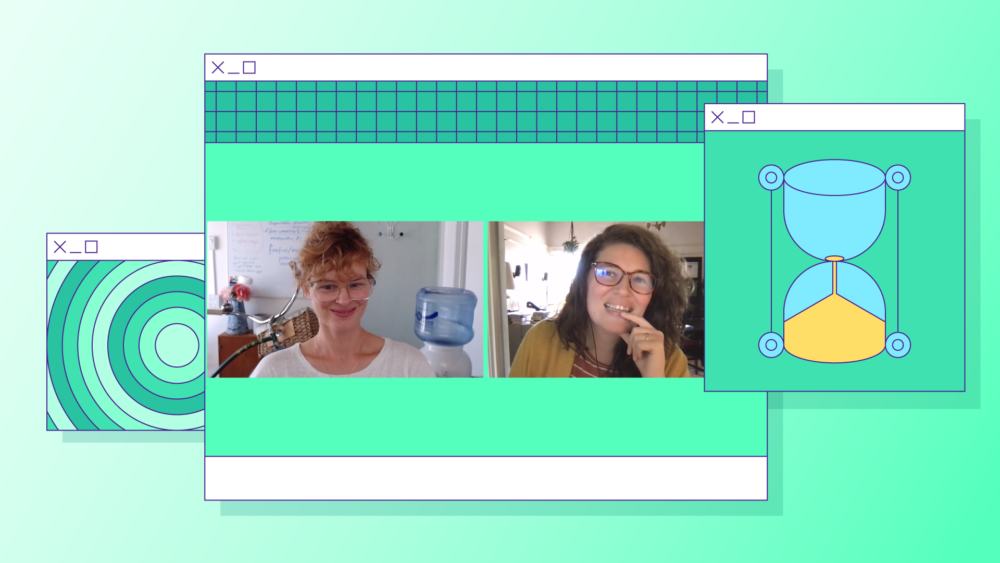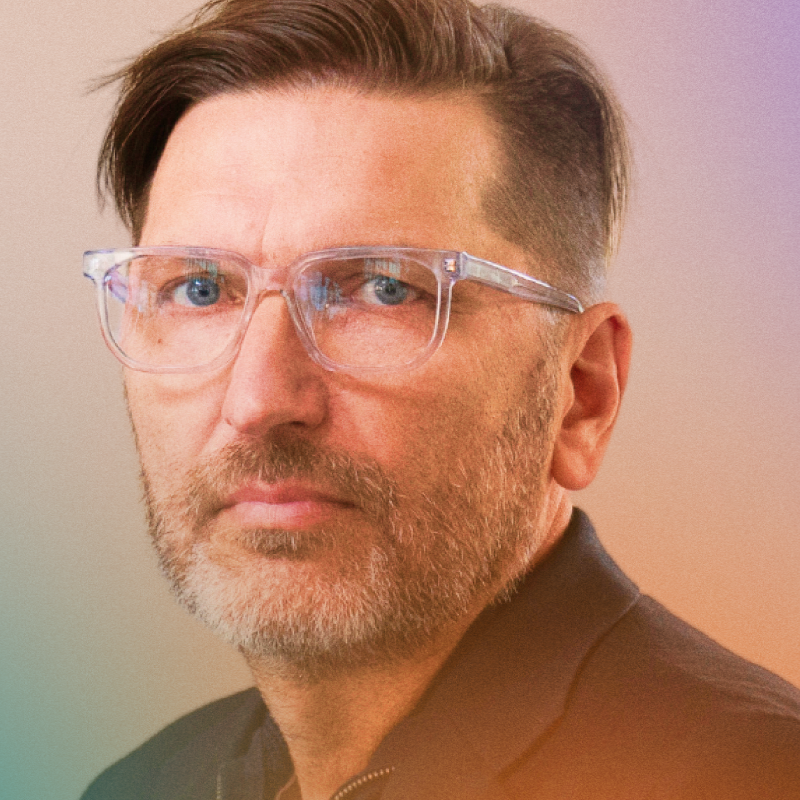March 2020 brought to the world a scenario we only imagined possible in dystopian novels. Once bustling cities and towns were desolate. In contrast, the highways and byways of the internet were completely congested with people grasping for human connection, and internet friends became more important than ever.
Since then, there have been countless discussions about how people have fared with keeping in touch with others during the COVID-19 pandemic — like how families have endured while being separated by continents without the option to travel, and how once solid friendships have waxed and waned without brunches and cocktail hours.
However, the internet has served more like a proverbial town square than ever before, with many having found themselves using online spaces to create and cultivate internet friends more over the last year and a half than ever before. As the country starts hesitantly opening, the looming question overall is, what will these online relationships look like when COVID-19 is no more?
For Will F. Coakley, a deputy constable from Austin, Texas, the highs of her online friend groups she made on Zoom and Marco Polo have already dissipated.
“My COVID circle is no more,” she said. “I’m 38, so people my age often have spouses and children.”
Coakley found online platforms to be a refreshing reprieve from her demanding profession that served at the frontlines of the pandemic. Just as she was getting accustomed to ‘the new normal,’ her routines once again changed, with many online friends falling out of touch as cities and towns began to experiment with opening.
Coakley has not met anyone from her COVID circle in person, and any further communication is uncertain, boding even worse than the potential dissolutions of real-life friendships reported on throughout the year.
“In a perfect world, we would hope that things opening up would mean that you could start to meet up with your online friends in person. However, many people will experience a transition in their social circle as they start allocating more of their emotional resources to in-person interactions.” said Kyler Shumway, PsyD, a clinical psychologist and author of The Friendship Formula: How to Say Goodbye to Loneliness and Discover Deeper Connection. “You may spend less time with your online people and more time with coworkers, friends, and family that are in your immediate area.”
Looking back, many social apps themselves similarly spiked during the time of the lockdown and are now seeing use fall. The invite-only, social networking app Clubhouse launched in March 2020. It quickly gained popularity amid the height of the pandemic, having amassed 600,000 registered users by December 2020 and 8.1 million downloads by mid- February 2021.
The original fervor over Clubhouse has waned as fewer people are cooped up indoors. While many people still use the platform for various professional purposes or niche hobbies, its day-to-day usership has dropped significantly.
Olivia B. Othman, 38, a Project Assistant in Wuppertal, Germany developed friendships online during the pandemic through Clubhouse as well as through a local app called Spontacts. She has been able to meet people in person as her area has begun to open and said she found the experience to be liberating.
While Othman already had experience with developing close personal relationships online, the pandemic prompted a unique perspective for her, encouraging her to invest in new devices for better communication.
Overall, she has fared well with sustaining her online friendships.
“I have dropped some [people] but also found good people among them,” Othman said.
Othman wasn’t alone in turning to apps for friendship and human connection. Facebook and Instagram were among the most downloaded apps in 2020, according to the Business of Apps. Facebook had 2.85 billion monthly active users as of the first quarter of 2021, compared to 2.60 billion during the first quarter of 2020. While Instagram went from 1 billion monthly active users in the first quarter of 2020 to 1.07 billion monthly active users as of the first quarter of 2021. And Twitter grew from 186 million users to 199 million users since the pandemic started, according to Twitter’s first quarter earnings report..
Apps such as TikTok and YouTube were popular outlets for creating online friendship in 2020; however, their potential for replicating the emotional fulfillment that comes from interpersonal relationships is limited, as Shumway said, “the unmet need remains unmet.”
“Many online spaces offer synthetic connections. Instead of spending time with a friend playing a game online or going out to grab coffee, a person might be tempted to watch one of their favorite Youtubers or scroll through TikTok for hours on end,” Shumway said. “These kinds of resources provide a felt sense of relationship – you feel like you’re part of something. But then when you turn off your screen, those feelings of loneliness will come right back.”
“Relationships that may have formed over the past year through online interactions, my sense is that those will continue to last even as people start to reconnect in person. Online friendships have their limits, but they are friendships nonetheless,” Shumway said.
Zach Fox, 29, a software engineer has maintained long-distance friendships thanks in large part to online gaming, an important social connection that carried on from before the pandemic.
“We would text chat with each other most of the time, and use voice chat when playing video games together,” he said.
While he is excited about seeing friends and family again as restrictions lift, Fox feels his online friendships just as strong.
“I feel closer to some of my online friends than I do to some of my ‘offline’ friends,” he said. “With several exceptions, such as my relationship with my fiancée, I tend to favor online friendships because I have the opportunity to be present with and spend quality time with my online friends more often than I can spend time with IRL friends.”
Ultimately, many are finding less anxiousness and more excitement in the prospect of returning to the real world, even if some interaction may be awkward. Both Coakley and Othman stated they favored in-person meetings to online interactions, despite having enjoyed the times they had with many online friends.
“As you make these choices, make sure to communicate openly and honestly. Rather than letting a friendship slowly decay through ghosting, consider being real and explaining to them what is happening for you. You might share that you are spending more time with people in person and that you have less energy for online time with them,” Shumway said.
As things change Coakley has found other connections to keep herself grounded. Her mental health team comprises a counselor she has sessions with online but has only met in person once. She admitted to being more enthusiastic about her counselor who she meets with in person regularly.
“I hate having a screen between them and me. It’s more intimate and a shared experience in person,” she said.
Despite not keeping up with her pandemic friends, Coakley does have other online friends that she knew before the pandemic with whom she has close connections.
“At the very least, my [online] connections with [folks and with] Black women have developed into actual friendships, and we have plans on meeting in person,” she said. “We’ve become an integral part of each other’s lives. Like family, almost.”



